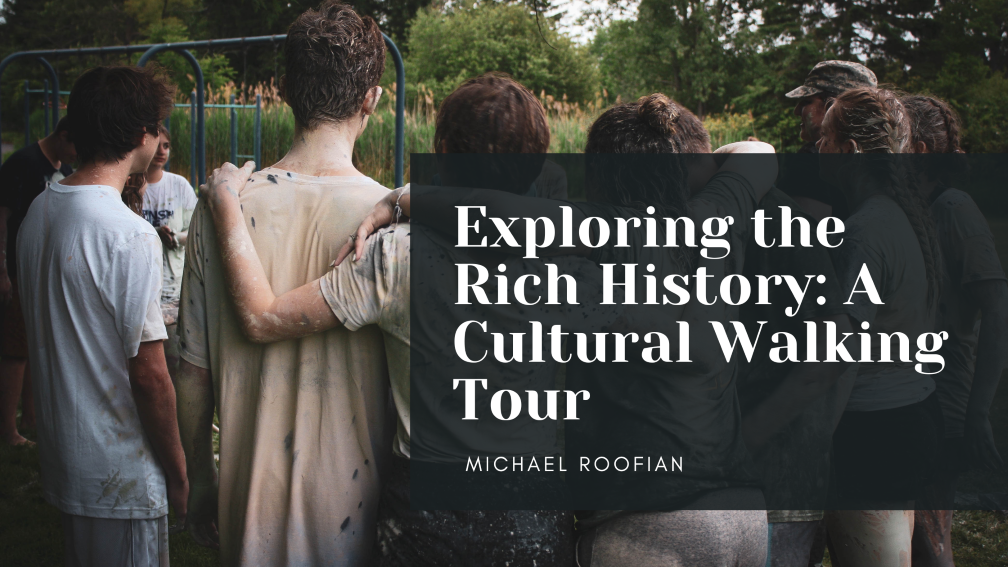In the hustle and bustle of modern life, cultural walking tours offer a unique and immersive way to connect with the past, uncover hidden stories, and appreciate the rich tapestry of history. Whether exploring a vibrant urban center or a quaint historic district, a cultural walking tour is a journey through time that unveils the layers of a community’s heritage. In this blog, we delve into the captivating experience of exploring the rich history through a cultural walking tour.
Immersive Learning Experience: A cultural walking tour is more than a stroll through historic streets; it is an immersive learning experience. Knowledgeable guides bring history to life, sharing anecdotes and providing insights into the area’s cultural, architectural, and social aspects. Participants engage with history personally, making the learning experience more profound and memorable.
Architectural Gems and Landmarks: Many cultural walking tours take participants past architectural gems and iconic landmarks with significant historical value. From centuries-old buildings to landmarks that witnessed pivotal events, the tour offers a visual feast of the past, allowing participants to appreciate the craftsmanship and stories encapsulated in each structure.
Uncovering Hidden Stories: History is often a tapestry woven with hidden stories and lesser-known narratives. Cultural walking tours provide a platform to find these stories, shedding light on the lives of individuals, communities, and events that more prominent historical accounts may have overshadowed. These untold stories add depth and nuance to our understanding of the past.
Connecting with Local Culture: Cultural walking tours provide a unique opportunity to connect with the local culture. Whether exploring markets, tasting traditional cuisine, or witnessing local customs, participants engage with the living heritage of the community. This connection enhances the cultural richness of the experience, allowing for a more comprehensive understanding of the historical context.
Preserving and Celebrating Heritage: Cultural walking tours contribute to maintaining and celebrating heritage. By showcasing the historical significance of different sites, these tours foster a sense of pride and appreciation among the community. Additionally, they raise awareness about the importance of preserving heritage sites for future generations.
Promoting Sustainable Tourism: Cultural walking tours align with the principles of sustainable tourism. Participants explore the area on foot, reducing the environmental impact associated with traditional forms of transportation. This eco-friendly approach encourages responsible tourism and a deeper connection with the surroundings.
Encouraging Active Engagement: Unlike passive forms of learning, cultural walking tours encourage active engagement. Participants use their senses to absorb the surroundings, creating a more dynamic and participatory experience. This active involvement enhances the retention of historical information and makes the tour busy and enjoyable.
